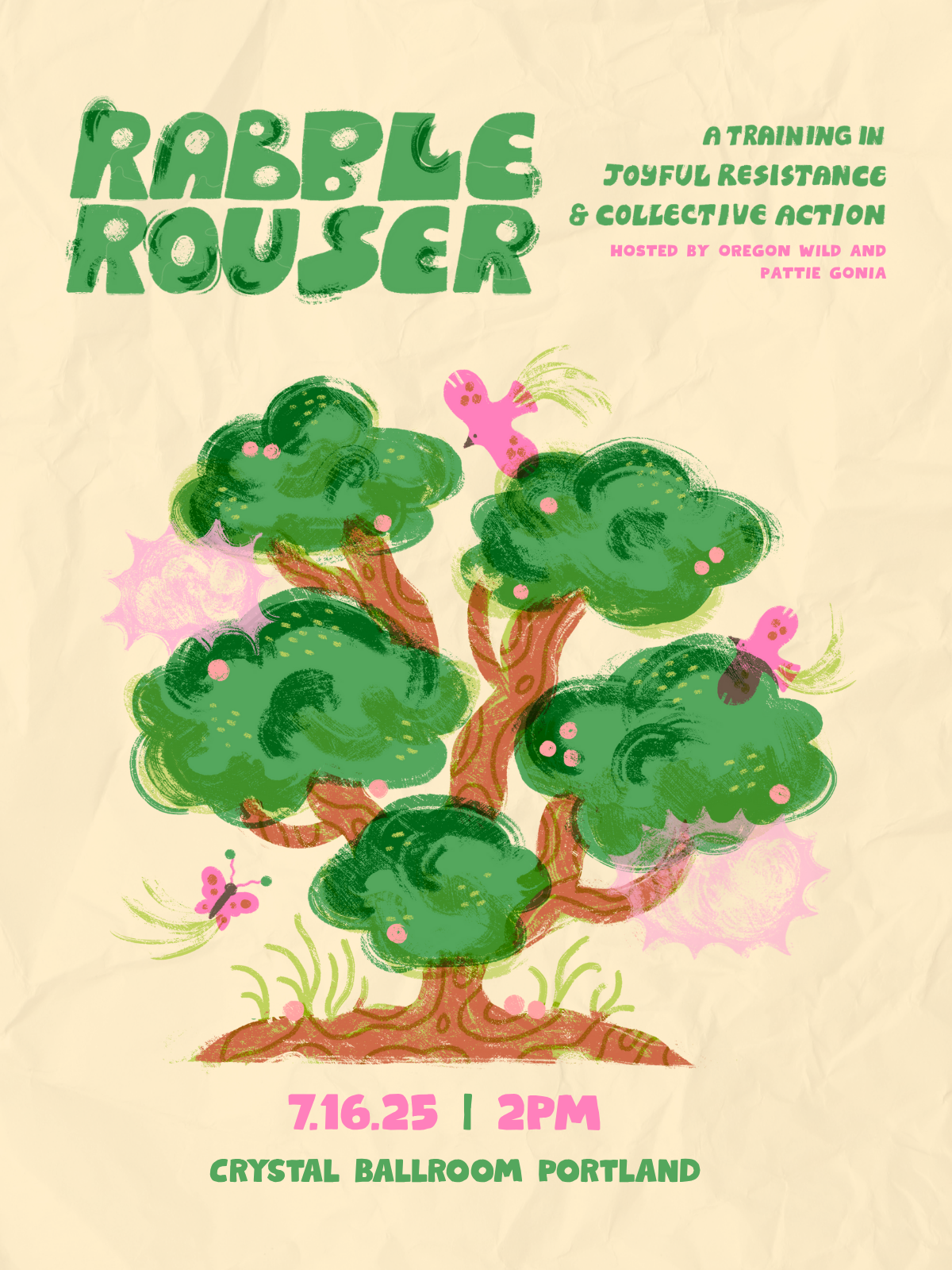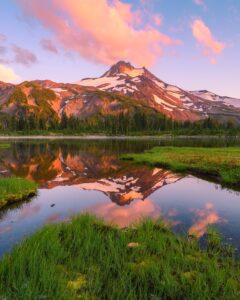The early-to-mid 20th Century was marked by an era of dam building across the United States. These dams came at a cost to watersheds, freshwater ecosystems, and indigenous communities. Every year, millions of salmon were blocked from reaching their historic spawning beds, eventually resulting in the collapse of salmon runs across the west. The Columbia River basin was once home to the world’s most productive chinook salmon runs. These fish traveled all the way into the central mountains of Idaho to spawn. Now, they are blocked from reaching their home waters by dozens of dams along the Columbia, Snake, and other rivers in the watershed.
However, several recent success stories of dam removal show that salmon populations can return and rebound if we allow them to. Salmon returned almost immediately to the Elwha River on the Olympic Peninsula after it was freed from a dam, and the Lower Elwha River tribe restarted subsistence fishing after 100 years. The dams along the Klamath River are currently coming down, which, once completed, will be the largest dam removal the world has ever seen. In this presentation, author Steven Hawley discusses the issues with dams and their impacts on salmon and wildlife and looks forward to a future of wild, free-flowing rivers and thriving salmon runs.
Steven Hawley is a writer and filmmaker from Hood River, Oregon. He is the writer and co-producer of an award-winning documentary, “Dammed to Extinction” (2019), and the author of two books: Cracked: The Future of Dams in a Hot, Chaotic World (Patagonia, 2023) and Recovering a Lost River (Beacon Press, 2011). He was among the first to write about the historic agreement to tear out Edwards Dam on the Kennebec River in Maine. Since then, his work has appeared in High Country News, OnEarth, The Oregonian, Missoula Independent and other publications. He’s also a contributor at The Drake, Outlaw, and the Columbia Insight.



